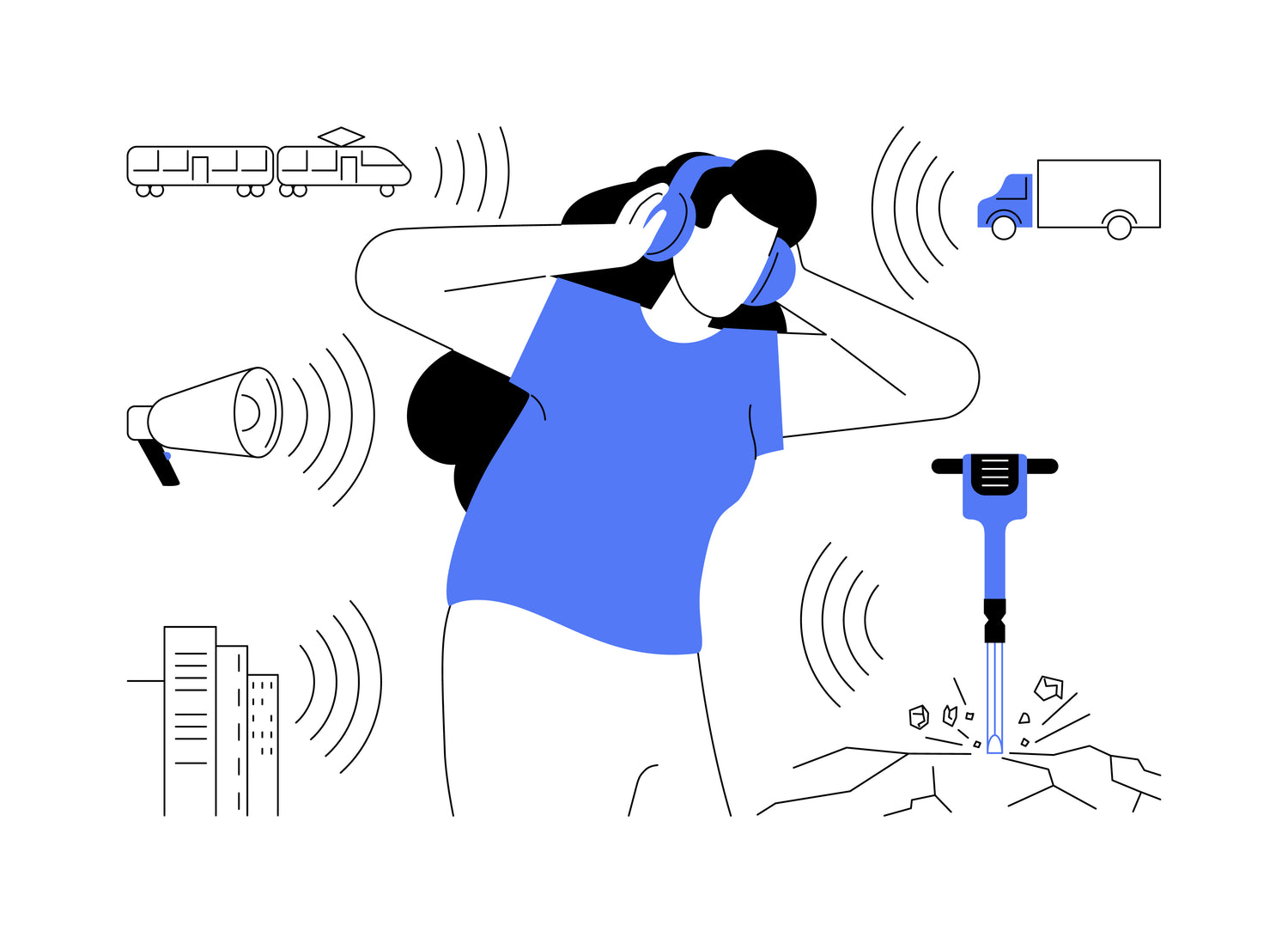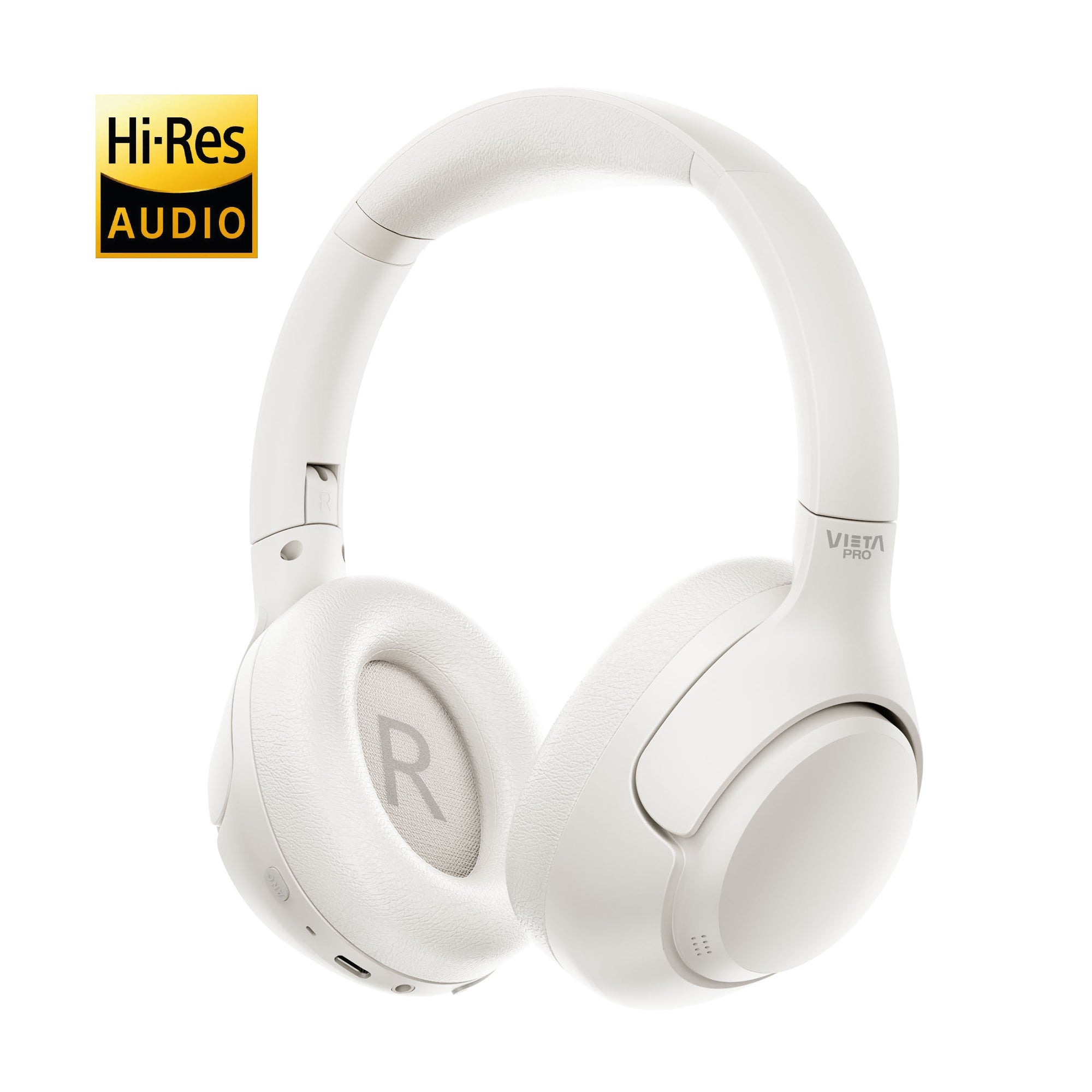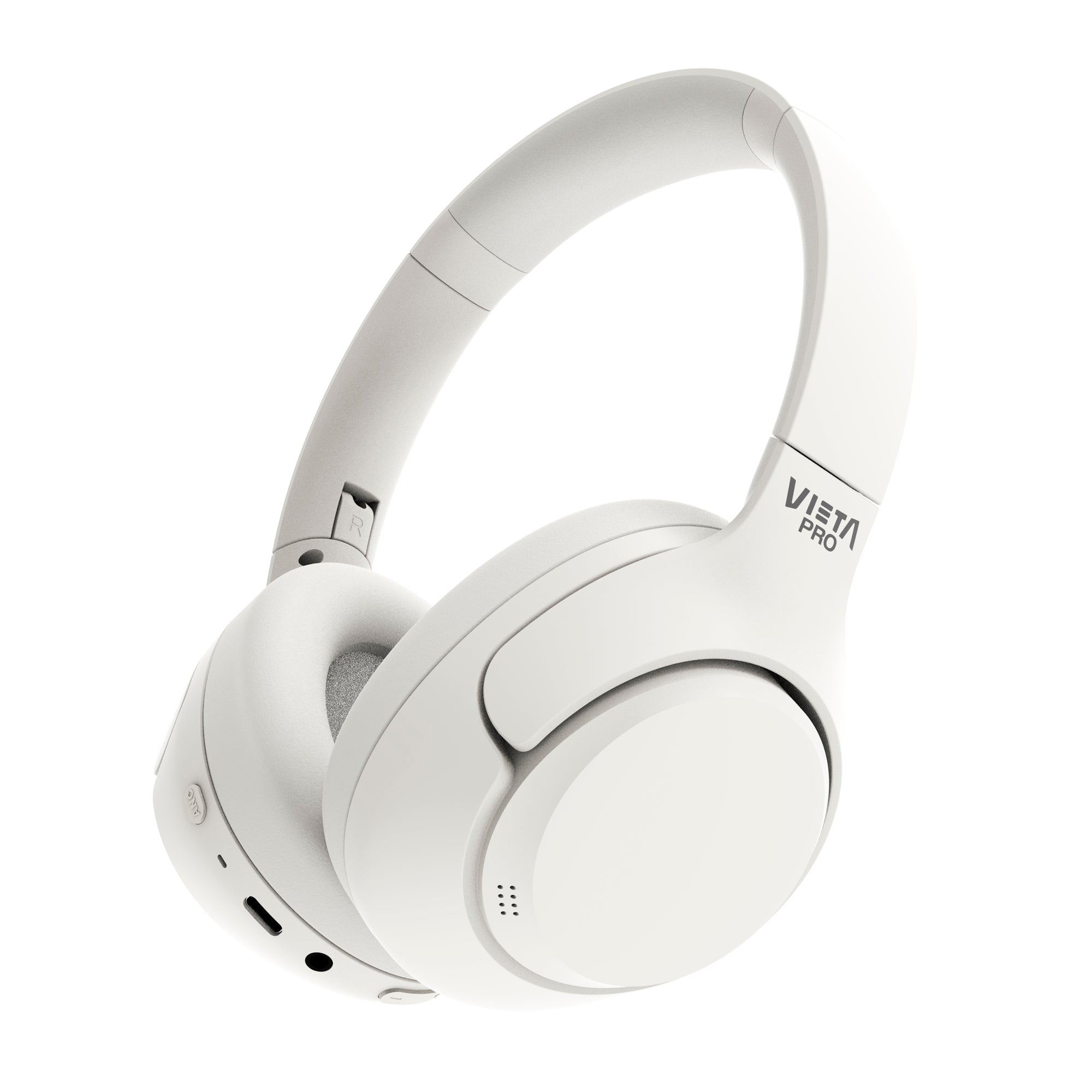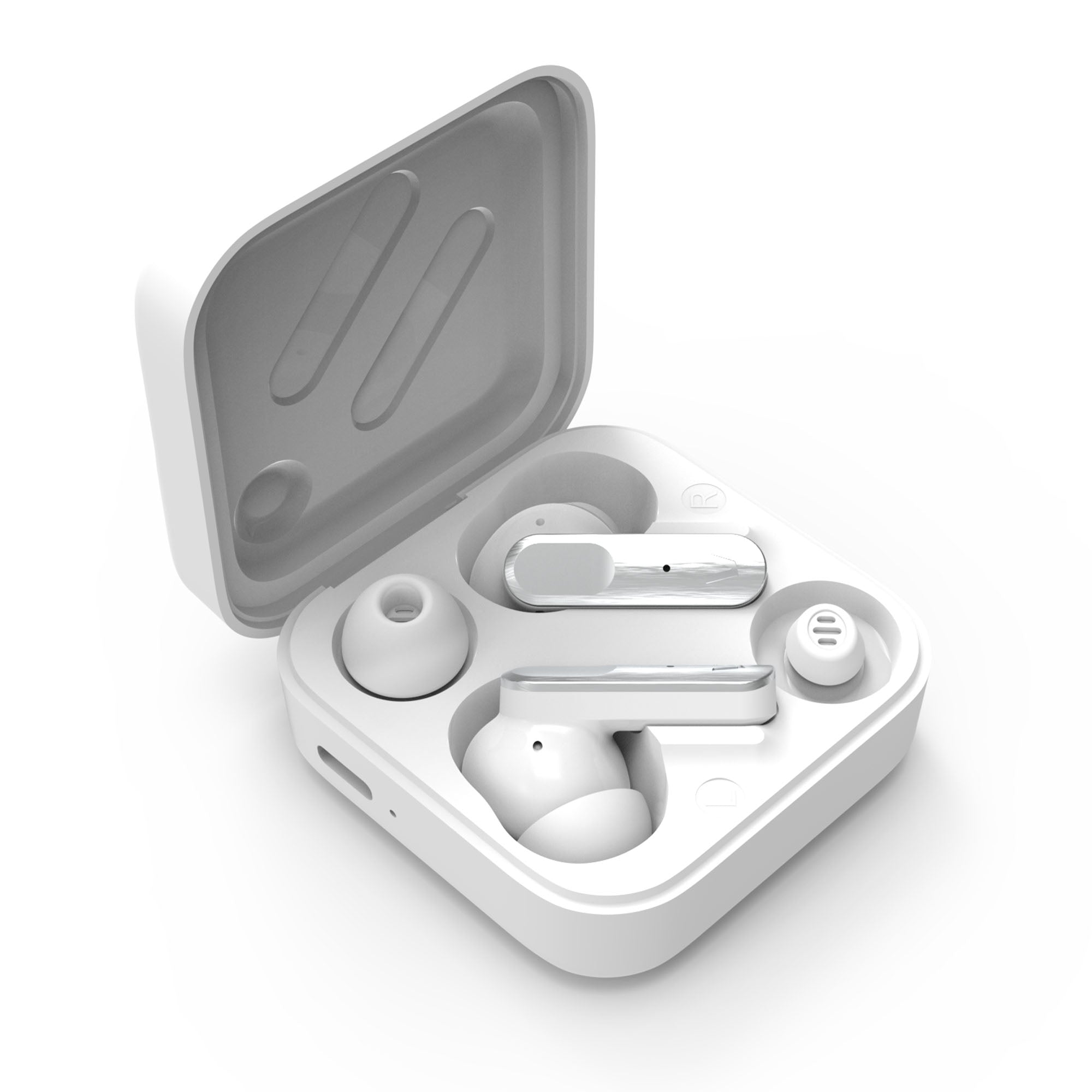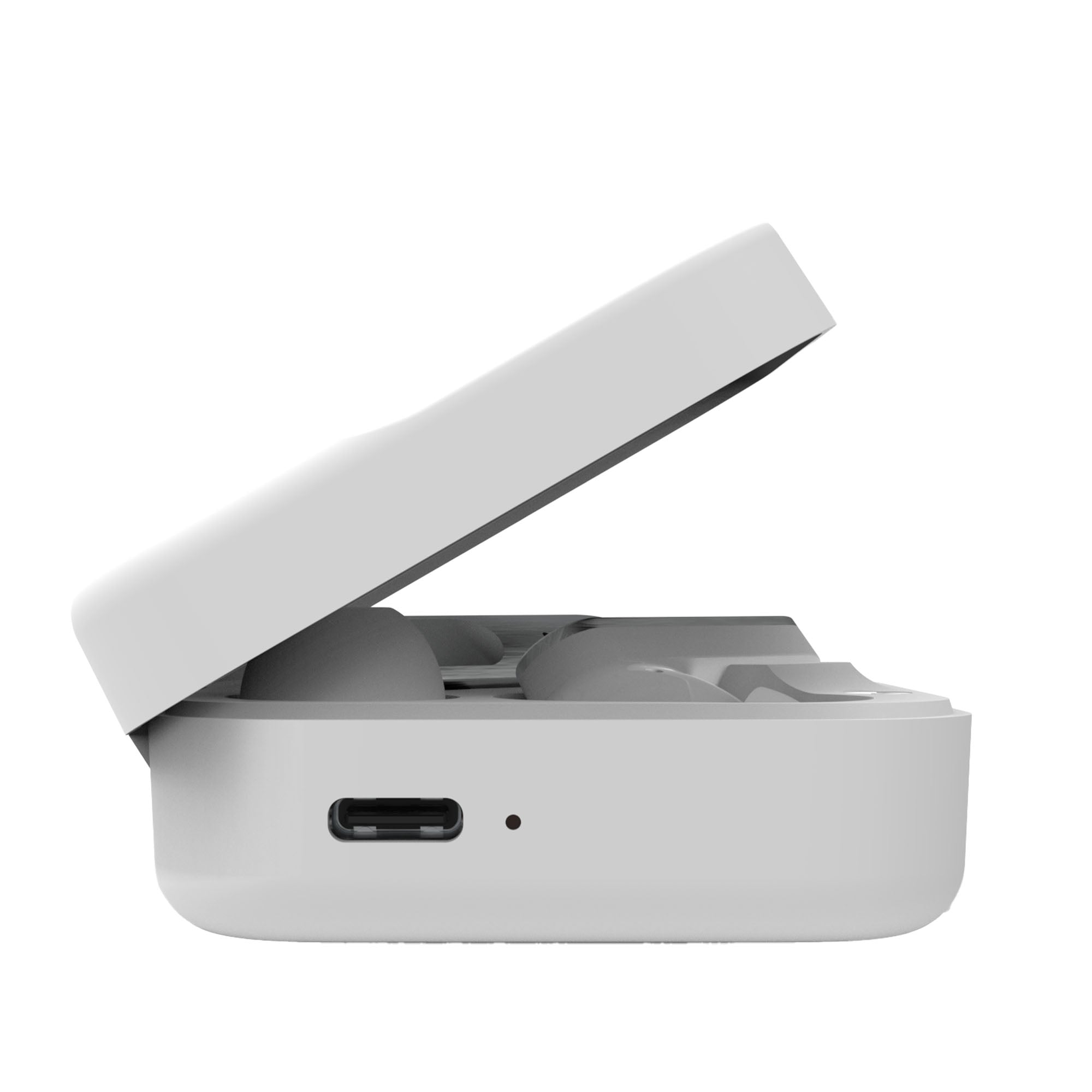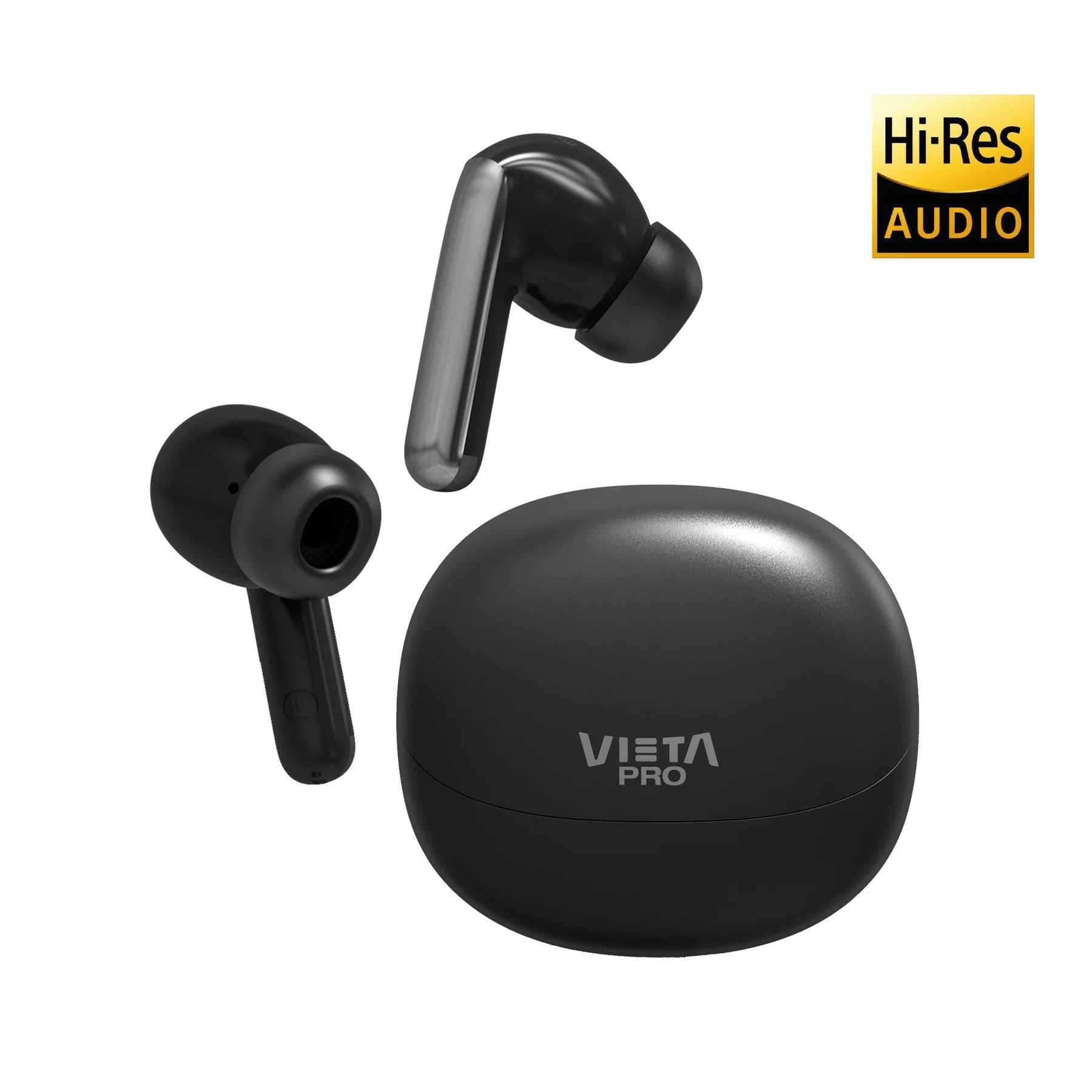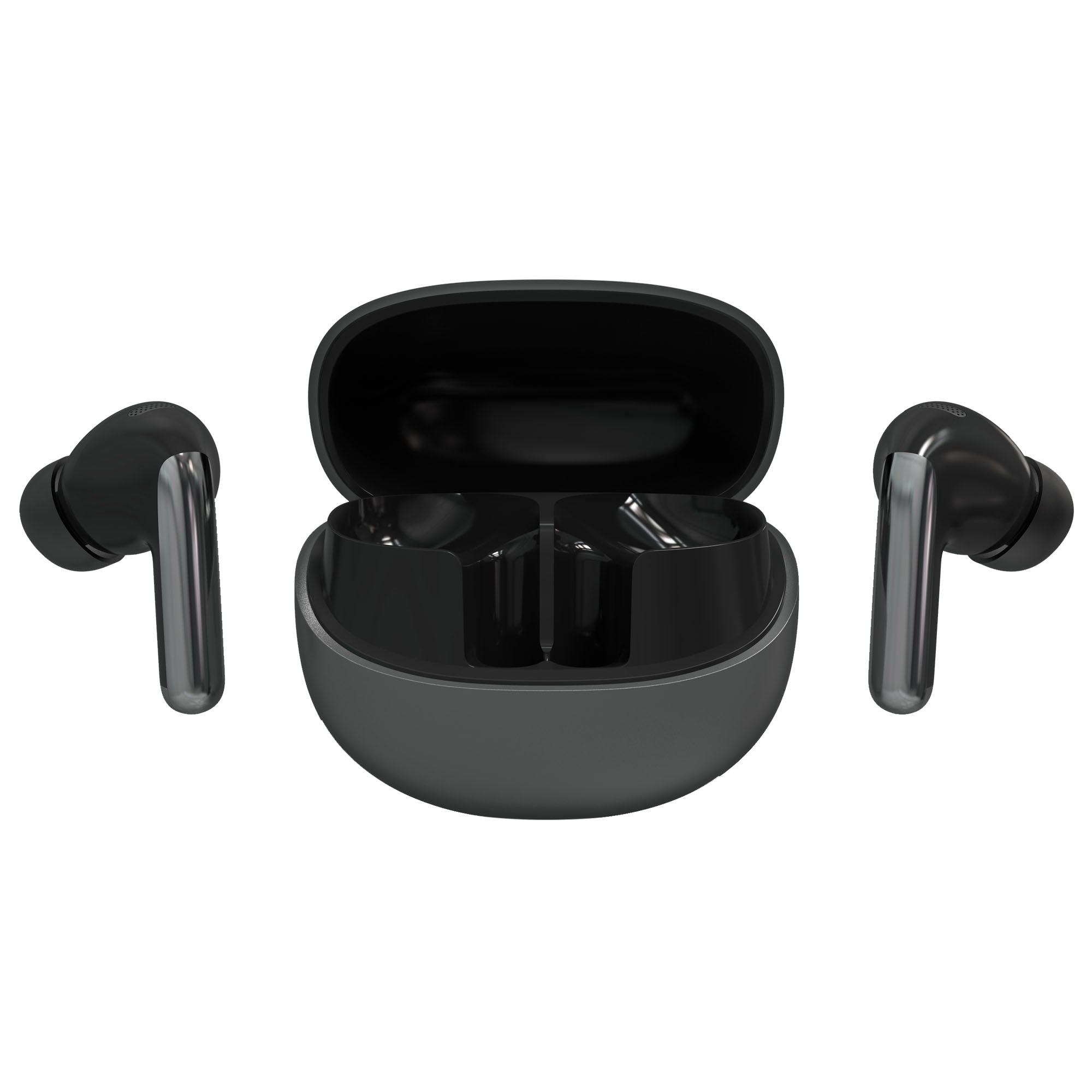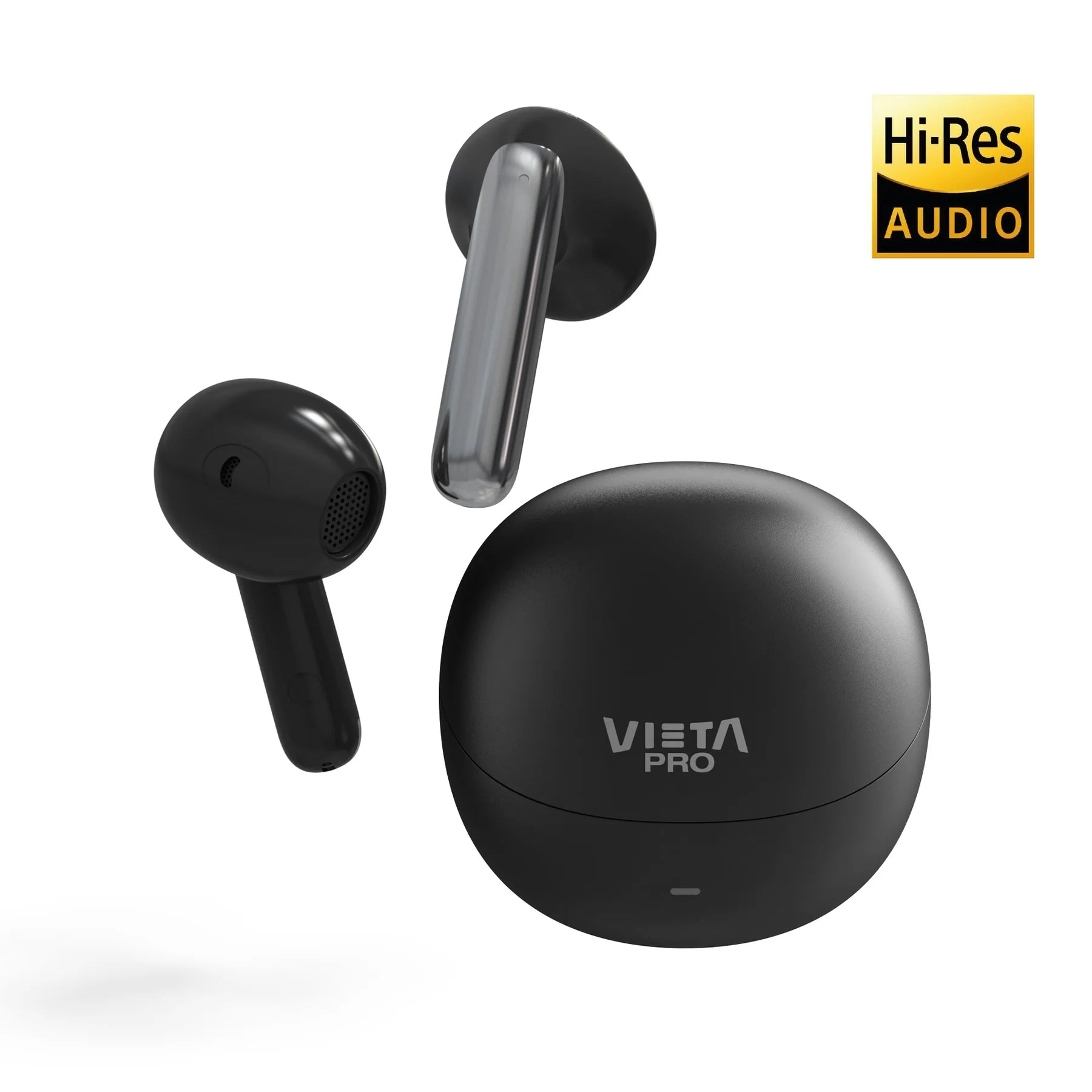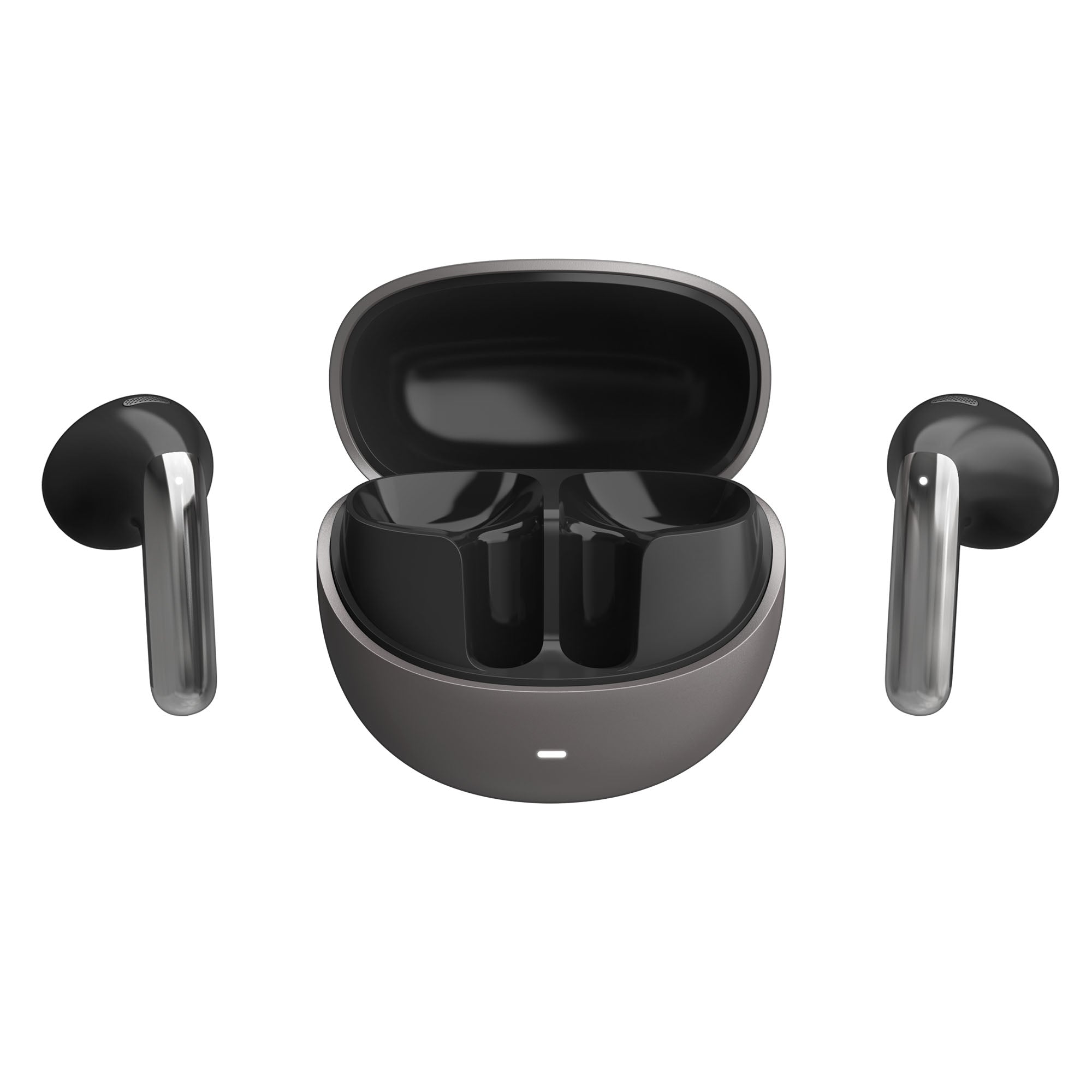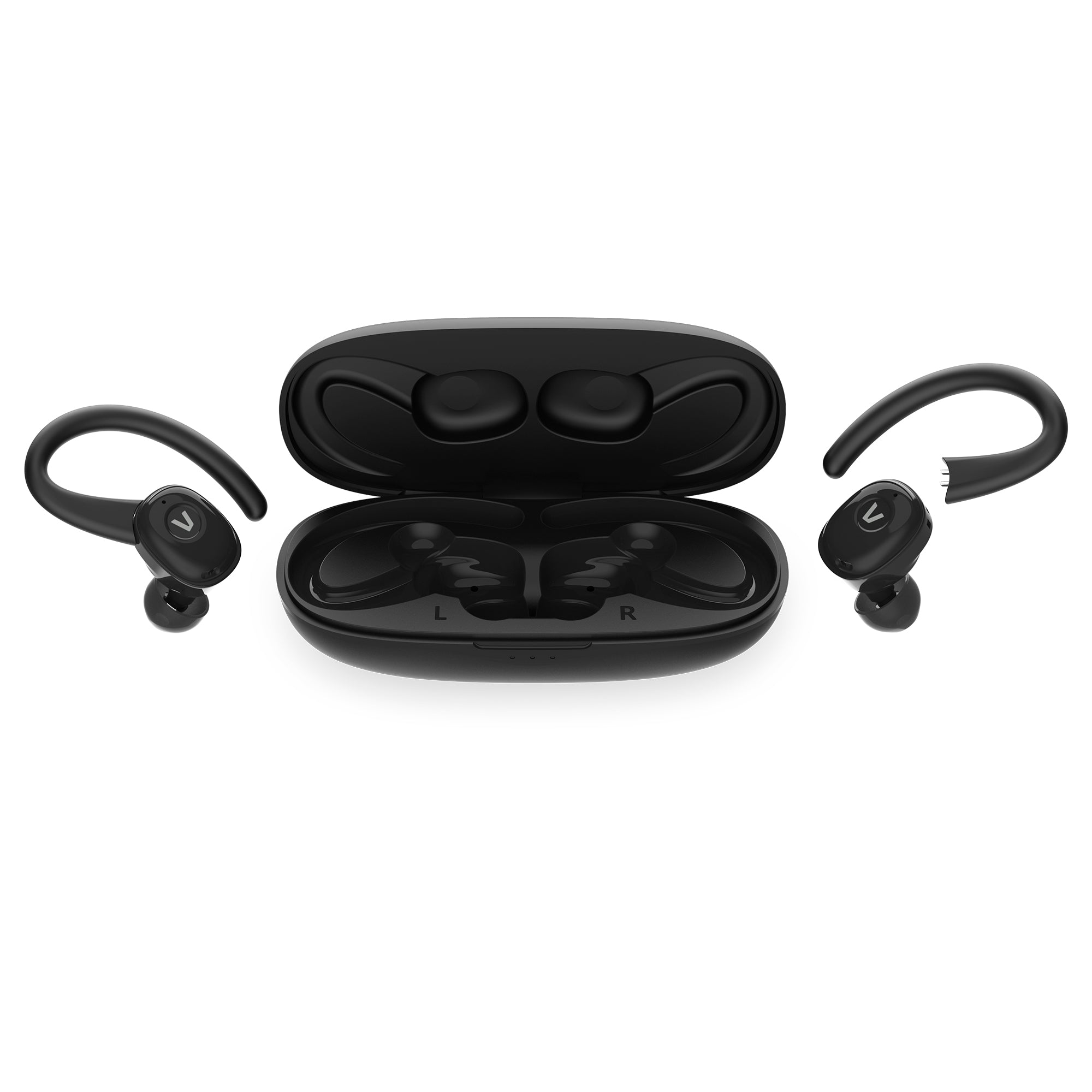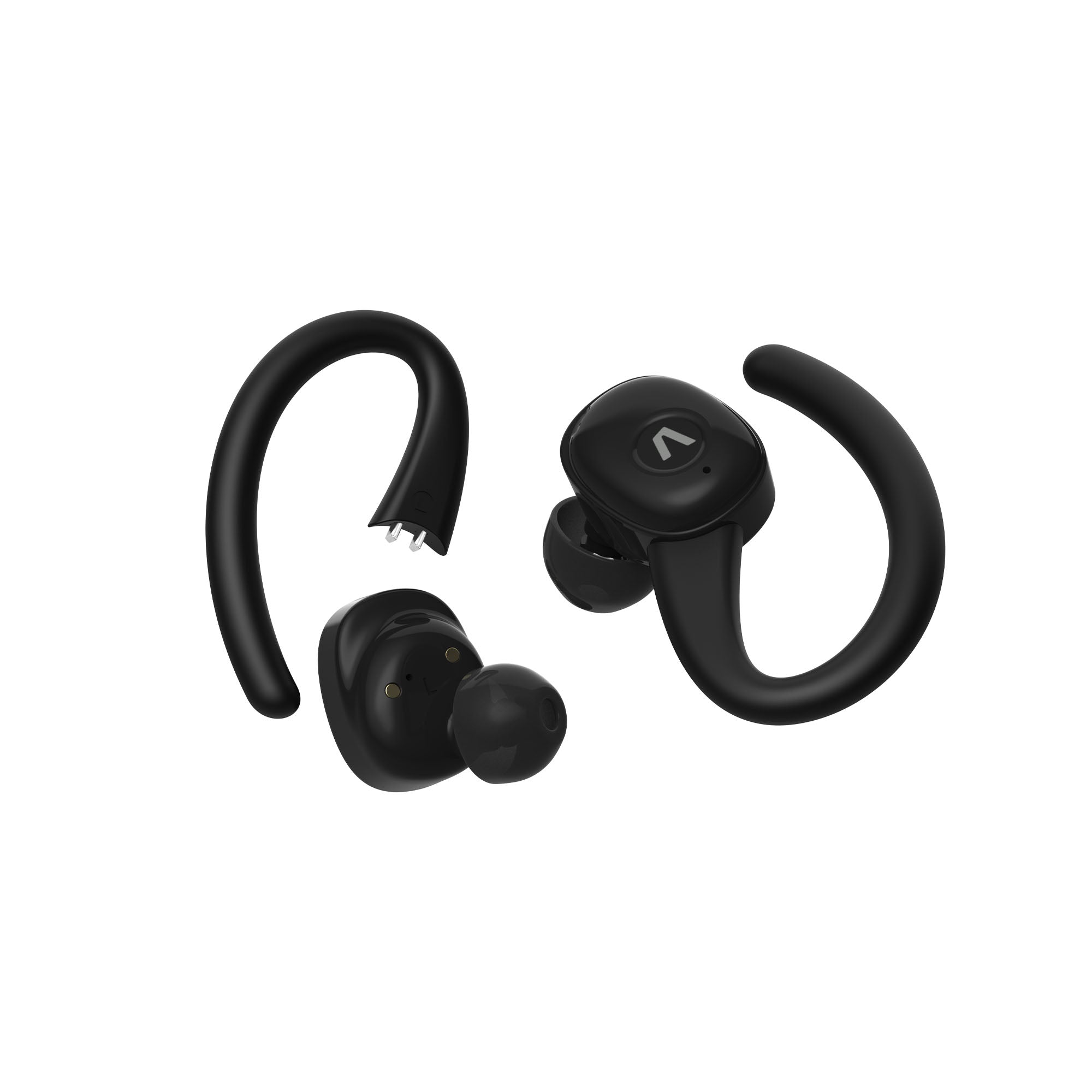If you're a music lover or enjoy a quiet environment to concentrate, noise cancellation is something you need to know about. In this article, discover how this innovative technology revolutionizes your listening experience and offers you total immersion in the sound you want to hear.
Imagine being on a plane or in a bustling café and being able to block out ambient noise to immerse yourself in your favorite songs or have clear conversations. Noise cancellation makes this and more possible. With its ability to eliminate unwanted sounds, you can enjoy exceptional sound quality without distractions.
But how does this technology actually work? We'll explore the different types of noise cancellation and tell you how you can make the most of this enhanced sound experience. Plus, we'll help you choose the most suitable headphones or devices for you based on your needs and preferences.
Discover how noise cancellation is changing the way we experience sound and how it can take your music, phone calls and quiet moments to a new level. Get ready for an unrivalled listening experience!
What is noise cancellation?
Noise cancellation is an innovative technology used to block or reduce unwanted sounds from the environment. It is especially useful in situations where concentration is needed or to enjoy an immersive listening experience without distractions. Noise cancellation works by emitting sound waves that are inverse to the ambient sound waves, helping to neutralize or eliminate unwanted sounds. This allows the user to enjoy clear, high-quality sound, even in noisy environments.
Noise cancellation has become increasingly popular in recent years as it offers numerous benefits and can significantly improve people's quality of life. Below, we'll explore some of the benefits of noise cancellation and how it can transform your listening experience.
Benefits of noise cancellation
- Improves sound quality: Noise cancellation allows you to enjoy clearer and crisper sound by eliminating unwanted noises from your surroundings. This is especially beneficial when listening to music, watching movies or making phone calls, as you can enjoy an immersive listening experience without interruptions.
- Reduced stress and fatigue: Being exposed to constant noise can be tiring and stressful on the nervous system. Noise cancellation helps reduce mental fatigue and stress by providing a quieter and more relaxing environment. This is especially helpful in noisy environments such as open offices or public transportation areas.
- Improved concentration and productivity: Noise cancellation can improve concentration and productivity by reducing auditory distractions. By eliminating unwanted sounds, you can focus on tasks that require attention and avoid unnecessary interruptions.
- Hearing Protection: Noise cancellation can act as an extra layer of protection for your ears by reducing exposure to loud, potentially damaging noises. This is especially important in noisy environments like concerts or workplaces with heavy machinery.
Overall, noise cancellation offers a number of benefits to improve your listening experience and overall well-being. Below, we'll explore some relevant statistics about noise cancellation.
Statistics on noise cancellation
- According to a study by the Consumer Electronics Association, the noise-cancelling headphones market is expected to grow at a CAGR of 14.5% from 2021 to 2026.
- Another study conducted by market research firm Grand View Research revealed that the global noise-cancelling headphones market will reach $20.5 billion by 2027.
- In a survey of noise-cancelling headphone users, 82% reported that noise cancellation improved their listening experience by reducing unwanted environmental noise.
- Additionally, 76% of respondents said noise cancellation helped them focus better and be more productive in noisy environments like open offices or coffee shops.
These statistics demonstrate the growing popularity and demand for noise cancellation, as well as its positive impact on users’ listening experience. Now that we’ve explored the benefits and statistics of noise cancellation, it’s time to dive into the different types of noise cancellation available.
Types of noise cancellation: active and passive
There are two main types of noise cancellation: active and passive. Each has its own way of blocking or reducing unwanted sounds, but their operation and effectiveness differ.
- Active noise cancellation: Active noise cancellation uses built-in microphones to pick up sounds from your surroundings and then emits reverse sound waves to neutralize them. This technology works best with constant, repetitive sounds, such as the noise of an airplane or the hum of an air conditioner. Active noise-cancelling headphones typically have a built-in battery to power the noise-cancelling process.
- Passive noise cancellation: Passive noise cancellation relies on physical barriers to block or reduce unwanted sounds. This is achieved by using isolating materials or ear cushions that fit around the ears to create a tight seal. Passive noise cancellation is effective at reducing high-frequency sounds and is also found in battery-free headphones.
It is important to note that active and passive noise cancellation can be combined in some devices for greater noise reduction. Now that we understand the different types of noise cancellation, it is essential to understand how this technology works to provide an enhanced listening experience.
How noise cancellation works
Noise cancellation works by using principles of physics and technology to neutralize or eliminate unwanted sounds from the environment. Here's a brief explanation of how this process works:
- Sound pickup: Microphones built into your headphones or devices pick up sounds from your surroundings.
- Sound analysis: The device analyzes the captured sounds and determines their frequency and amplitude.
- Reverse Sound Wave Generation: Once unwanted sounds are identified, the device generates reverse sound waves that have the same frequency but are out of phase with the ambient sounds.
- Cancellation of unwanted sounds: When reverse sound waves combine with ambient sounds, noise cancellation occurs. The reverse sound waves neutralize or eliminate unwanted sounds, allowing the user to enjoy clear, high-quality sound.
It's important to note that noise cancellation isn't perfect and may have limitations in reducing certain types of noise, such as sudden or irregular noises. However, overall, this technology offers a significant improvement in hearing quality by providing a quieter, distraction-free environment.
Popular noise cancelling devices
Noise cancellation has become increasingly common in a wide variety of devices. Here are some examples of popular devices that use this technology:
- Noise-cancelling headphones: Noise-cancelling headphones are one of the most popular devices that use this technology. These headphones are ideal for listening to music, watching movies, or making phone calls in noisy environments.
- Noise-cancelling speakers: Like headphones, noise-cancelling speakers allow you to enjoy high-quality sound without the distractions of your surroundings. They are ideal for watching movies, listening to music, or giving presentations in noisy environments.
- Noise-Cancelling Hard Hats: Noise -cancelling hard hats are used in industrial or construction settings to protect workers' hearing. These helmets not only block out unwanted sounds, but also reduce exposure to loud and potentially harmful noise.
- Noise-cancelling mobile devices: Some mobile devices, such as smartphones and tablets, have also incorporated noise cancellation into their features. This helps improve the quality of phone calls and allows for better communication in noisy environments.
These are just a few examples of popular noise-cancelling devices. Noise-cancelling technology is expanding rapidly and we are likely to see its integration into more devices in the future.
Tips for choosing noise-cancelling headphones
When it comes to choosing noise-cancelling headphones, there are several factors to consider in order to find the right pair for you. Here are some helpful tips to help you make an informed decision:
- Sound Quality: Make sure your headphones offer exceptional sound quality. Listen to different genres of music and pay attention to the clarity and balance of the tones.
- Noise Cancellation Level: Check the level of noise cancellation offered by the headphones. Some models offer different noise cancellation modes, allowing you to adjust the level to suit your needs.
- Comfort: Headphones should be comfortable to wear for long periods. Make sure they fit well and that the materials used are soft and cushioned.
- Battery Life: If you opt for active noise cancelling headphones, check the battery life. Make sure it is long enough to meet your daily needs.
- Connectivity: If you plan to use the headphones with mobile devices, make sure they support Bluetooth connectivity. This will allow you to enjoy a wireless experience without any cables.
Remember that everyone has different preferences and needs, so it's important to try out headphones before you buy them if possible. Now that you've chosen the perfect noise-cancelling headphones, it's essential to know how to care for them and keep them in good condition.
How to care for and maintain your noise-cancelling headphones
To ensure optimal performance and long life of your noise-cancelling headphones, it is important to follow these care and maintenance tips:
- Regular Cleaning: Clean your headphones regularly to remove accumulated dust and dirt. Use a soft, damp cloth to clean the exterior surfaces and a cotton swab with isopropyl alcohol to clean hard-to-reach areas.
- Proper storage: When not using your headphones, store them in a protective case to prevent damage. Avoid wrapping the cables tightly, as this can cause damage to the internal wires.
- Moisture Protection: Avoid exposing your headphones to moisture or water. Keep them away from liquids and make sure not to use them while in the rain or in humid environments.
- Cable Care: Handle cables carefully and avoid sharp bends. Always hold the connectors when disconnecting the headphones to avoid damaging the cables.
- Firmware Updates: Check regularly for available firmware updates for your headphones. These updates can improve performance and fix known issues.
By following these care and maintenance tips, you can enjoy your noise-cancelling headphones for a long time and keep them performing at their best. Now that you know how to care for your headphones, it's time to explore some of the best options available on the market.
Conclusion: Improve your listening experience with noise cancellation
Noise cancellation is a revolutionary technology that has transformed the way we experience sound. From enjoying immersive music in noisy environments to concentrating on our tasks without distractions, noise cancellation offers a number of significant benefits.
Whether you choose active or passive noise-cancelling headphones, make sure you pick a pair that suits your needs and preferences. Remember to care for and maintain your headphones to ensure optimal performance in the long run.
In short, noise cancellation has revolutionized our listening experience by allowing us to immerse ourselves in the sound we want to hear and blocking out unwanted sounds from the environment. Whether it's for enjoying music, making phone calls, or just enjoying quiet moments, noise cancellation can take your listening experience to a new level. Get ready for an unparalleled listening experience!

